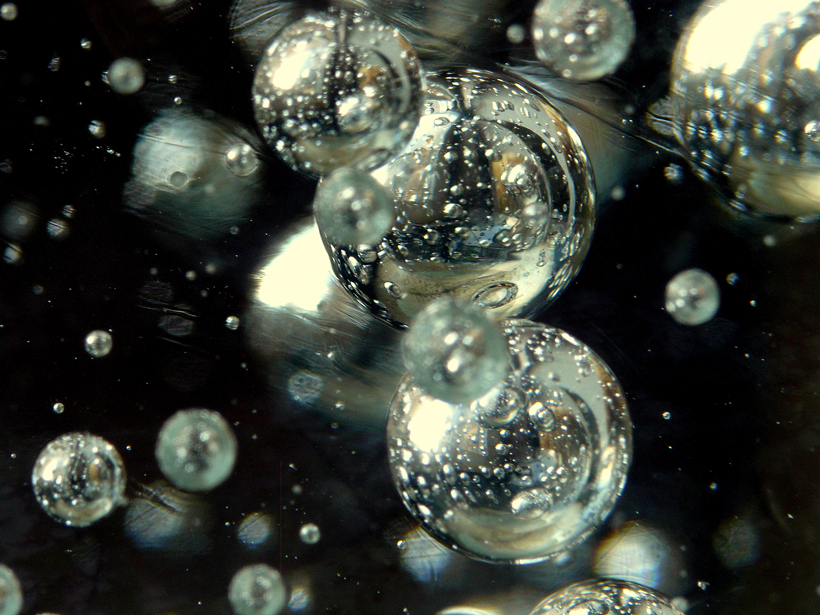Since 1850, the amount of mercury humans have released into the atmosphere by burning coal and mining precious metals has, by conservative estimates, increased threefold. The atmosphere is a major source of mercury in the ocean, and as the element makes its way from the air to the sea, it infiltrates marine food webs. Ultimately, fish containing mercury—a known neurotoxin—can wind up on our plates.
Despite the health implications, the role of human activities in rising oceanic mercury levels has not yet been quantified. Zhang et al. wanted to know how much of the mercury deposited in the oceans came from human activity and how much was just part of the element’s natural biogeochemical cycle. Put another way, to what extent are we poisoning ourselves?
To find out, the researchers had to determine the natural cycle of mercury—how the chemical circulated in oceans in preindustrial times, say, before the mid-15th century. They combined three-dimensional simulations of mercury in the atmosphere, rivers, and oceans before the year 1450 to explore how the element travels from the surface of the seas to the sediment.
The model allowed the team to recreate how mercury moves and varies both vertically and horizontally throughout the water, which allows for more accurate comparisons between the model’s predictions and observed mercury distributions. The authors calculated that mercury stays in the water for an average of 2000 years before embedding in sediment. They created maps of the average concentrations of mercury in the ocean at several depths.
The researchers compared the results to real samples from the Southern Ocean, the Atlantic Ocean, and the North Pacific Ocean and found that the amount of mercury actually present far exceeded what the model of natural mercury distributions predicted. They attribute the excess to human activities, which have increased the amount of mercury in the oceans by a factor of 5 to 6, the authors say. (Global Biogeochemical Cycles, doi:10.1002/2014GB004814, 2014)
—Shannon Palus, Freelance Writer
Citation: Palus, S. (2015), Humans greatly increase mercury levels in the ocean, Eos, 96, doi:10.1029/2015EO028539. Published on 22 April 2015.
Text © 2015. The authors. CC BY-NC 3.0
Except where otherwise noted, images are subject to copyright. Any reuse without express permission from the copyright owner is prohibited.

